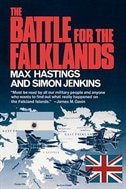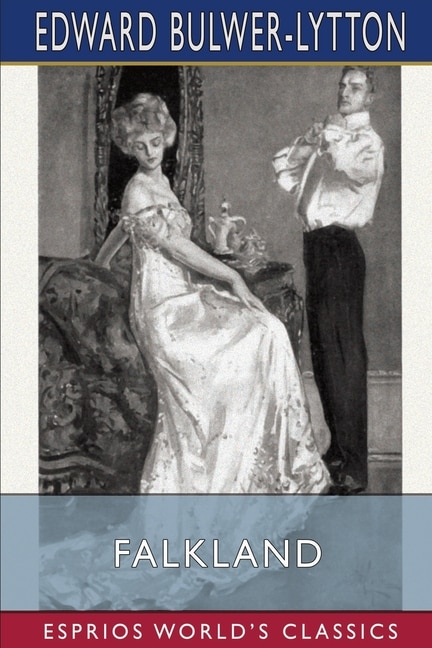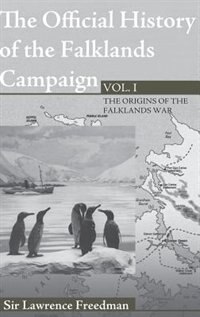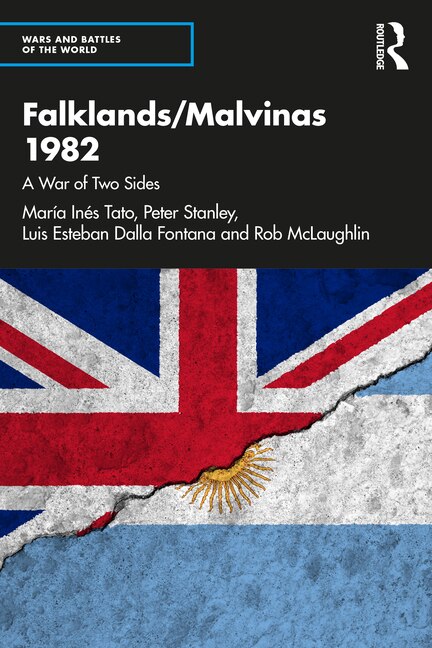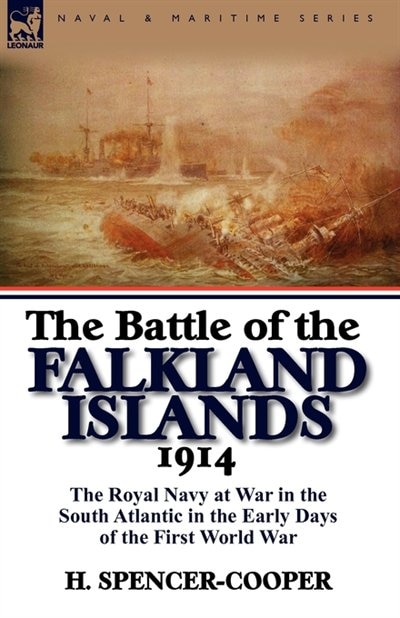
Compare The Battle Of The Falkland Islands 1914 by H Spencer-Cooper, Paperback | Indigo Chapters
H Spencer-Cooper
$19.00
The Royal Navy strikes back In the final months of the first year of the First World War a squadron of the Imperial German Navy under von Spee decisively destroyed a weaker British force under Cradock off the coast of South America. This action in the Southern Pacific, known as the Battle of Coronel (after the nearest coastal town in Chile) delivered a decisive blow to the prestige and perception of British sea power and prompted a determined and powerfully resourced retaliatory response from the British Admiralty which would lead to the events described in this book, the Battle of the Falkland Islands. The German cruiser squadron comprised two armoured cruisers, Scharnorst, Gneisenau, three light cruisers, Nurnberg, Dresden and Leipzig plus three auxiliary support vessels. After his Coronel victory, von Spee had sailed his squadron south with the intention of raiding the supply base at Port Stanley in the Falklands in the South Atlantic, when on December 8th, 1914 it was brought to engagement by the avenging stronger British force under Doveton Sturdee comprising the battle cruisers Invincible and Inflexible, the armoured cruisers Carnarvon, Cornwall and Kent and two light cruisers Bristol and Glasgow. The outcome was perhaps as inevitable as it was intended to be. Only two German vessels escaped being sunk. Students of naval history will know that for a century the Royal Navy's dominance of the seaways had meant that it had fought few major engagements since Trafalgar. The First World War was dominated by the Battle of Jutland. So this account of modern warships in action is of vital interest. Available in softcover and hardback for collectors. | The Battle Of The Falkland Islands 1914 by H Spencer-Cooper, Paperback | Indigo Chapters

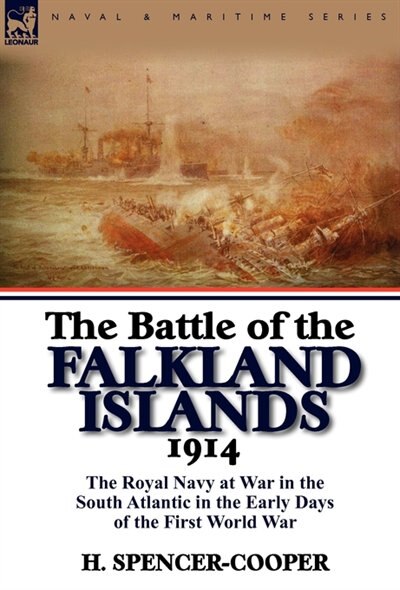
![The Battle of the Falkland Island [microform] by H E Harvey (Henry E Spencer-Cooper, Paperback | Indigo Chapters](https://dynamic.indigoimages.ca/books/9781015258716.jpg?scaleup=true&width=600&quality=85&lang=en)

